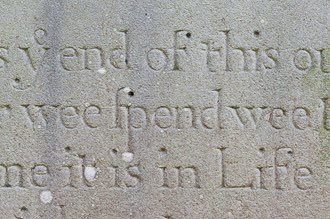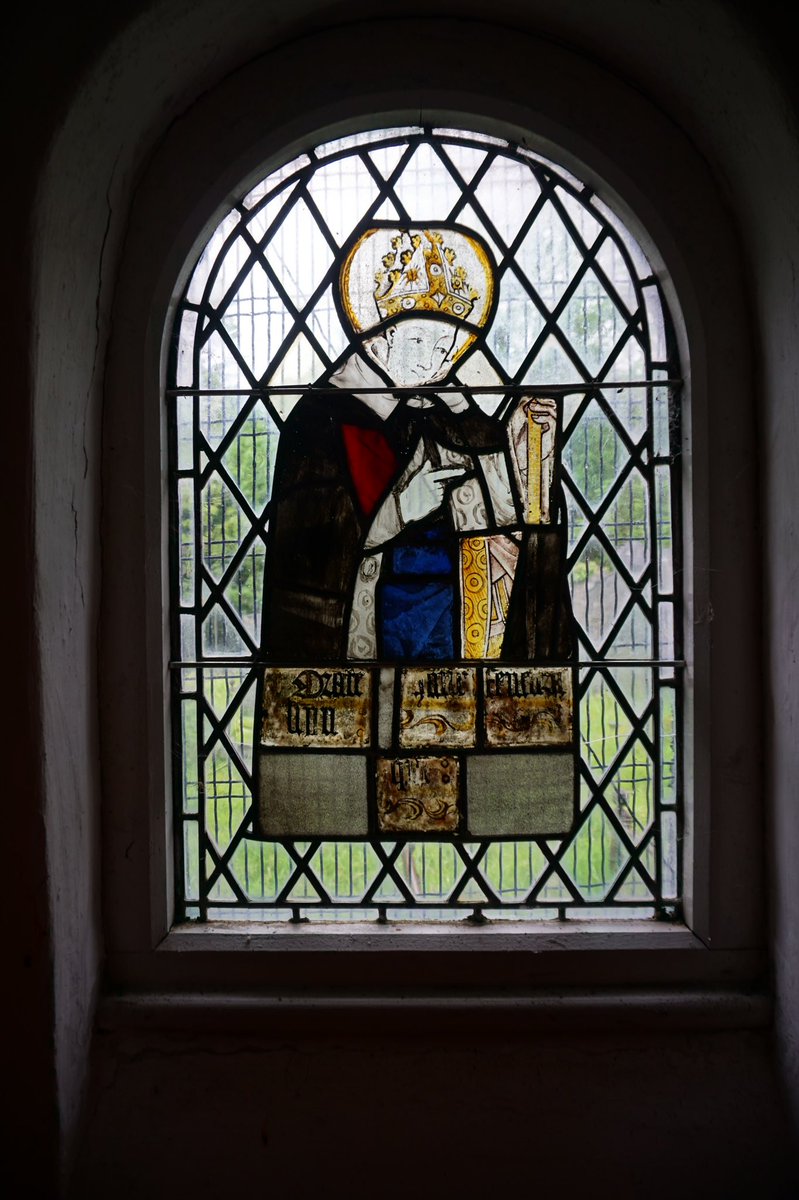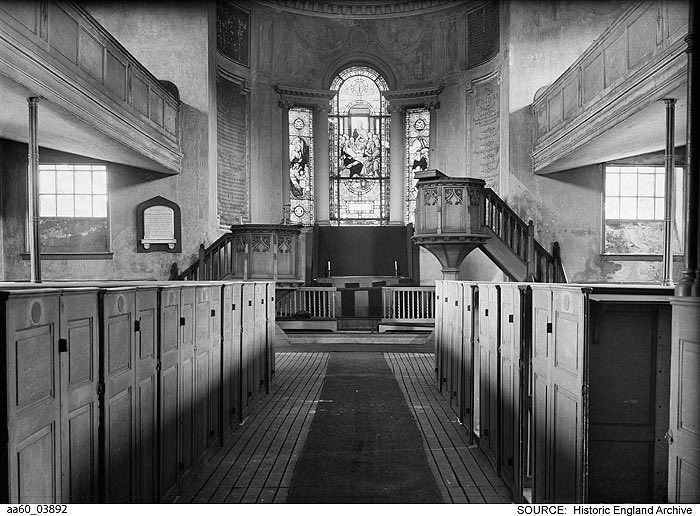
Last summer, we pulled back a door mat at Boveney church and revealed a tile stamped with the maker’s name: Garrett Brothers, Burslem. Not one of the usual tile makers, we did some research, and discovered their business took an interesting route into... ferns.
#thread
#thread

Garrett Brothers, Brownhills, Burslem, Staffordshire It seems that the firm only operated for a few years in the 1860s. A trade directory of 1864 describes their business as ...
2/5
2/5

Blue Metallic tileries, near Burslem … and 16 south Wharf, Paddington, London; Paving and ridge tiles … stable Bricks, Garden edging etc … also improved pressed flooring tiles for churches, entrance halls, conservatories, dairies &c.'
3/5
3/5
They presumably sold tiles nationwide. As well as being found in the nave of our little church at Boveney, Windsor, their chequerboard tiles can also be seen at St Mary's, South Wootton, near King's Lynn.
4/5
4/5

Garretts also manufactured Watsonian Patent Fern Bricks. Patented by a doctor in 1859, these bricks were designed for planting ferns and mosses, to be hung on their own, built into walls, or even placed indoors on a table. 
Fernery, Newstead Abbey, Notts © Alan Murray-Rust 5/5
Fernery, Newstead Abbey, Notts © Alan Murray-Rust 5/5

Bonus tweet: when we shared this originally some kind follower added this patent for Fern Bricks to the thread. I don’t know who that follower is (sorry!!), but resharing the patent here. 

• • •
Missing some Tweet in this thread? You can try to
force a refresh



















